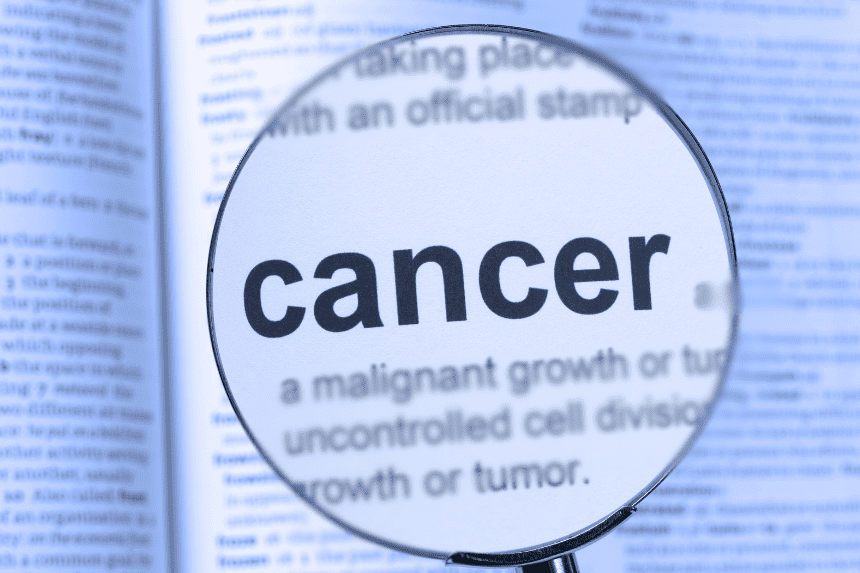A startling trend in India’s cancer burden is revealed by recent data from national cancer registries. Men are more likely to die from the disease, but women are more likely to receive a diagnosis. In addition to biology, social behaviors, awareness levels, and healthcare access are all reflected in this gender discrepancy.
India is a special instance, even if the global trend indicates a greater incidence and mortality among men. Although men make up the majority of cancer deaths, women receive the bulk of new cancer diagnoses. According to experts, this disparity results from lifestyle choices, delayed diagnosis, and unequal access to prompt treatment.
Why do Indian women have a higher incidence of cancer?
Breast, cervical, and ovarian cancers are the most prevalent cancers among Indian women. Approximately 40% of all female cases are breast and cervical malignancies combined. Reproductive health examinations frequently identify them, which improves survival chances and allows for earlier diagnosis.
Obesity, late pregnancies, decreased breastfeeding, and sedentary lifestyles are some of the factors causing an increase in the incidence of breast and ovarian cancer. Cervical cancer is also caused by infections like HPV, especially in low-income communities where screening and immunization rates are still low. Here is the link to our article on Cancer Changed Perspective.
Why is cancer killing more Indian men?
The most common malignancies in males are those of the mouth, lungs, and prostate, and tobacco use is responsible for more than 40% of avoidable cases. When combined with alcohol, smoking and chewing tobacco can cause aggressive malignancies that are difficult to treat and are discovered too late.
Men are also less likely than women to seek preventive care. Many people neglect early symptoms and forgo routine exams, which results in diagnoses that are made too late. In recent years, women’s health has received increased attention in Indian public health initiatives, which has led to an imbalance in outcomes and awareness.
What regional differences exist in cancer in India?
The incidence of cancer in India is not uniform. The states with the highest lifetime risk are in the northeast, especially Mizoram and Assam. Tobacco smoking is common in these areas, and traditional food preparation techniques expose them to more carcinogens.
On the other hand, Delhi has among of the highest rates of cancer incidence among males of all kinds, while Hyderabad leads the way in breast cancer diagnoses. Srinagar has the highest rate of lung cancer. These regional trends demonstrate the relationship between behavior, culture, and environment and health consequences. Here is the link to our article on Szubanski Cancer Update.
What is India’s place in the world?
Richer nations around the world have greater survival rates because they identify illnesses like breast cancer early. Even while there are fewer malignancies detected overall, many are discovered at a later stage in low- and middle-income countries like India, which raises death rates.
For instance, only one in 71 women in high-income nations will die from breast cancer, even though one in 12 may develop the disease. Only one in 27 people in less developed countries may receive a diagnosis, while one in 48 may pass away. Disparities in access to screening, prompt diagnosis, and high-quality care are reflected in this.
Final Thoughts
Urgent action is required due to the complex reality of cancer in India. Differences in diagnosis and results by gender point to more serious systemic problems with awareness, access, and lifestyle. Targeted public health initiatives, early screening programs, and improved education are crucial to lowering India’s rising cancer burden and saving lives as the nation experiences a fast transformation.








